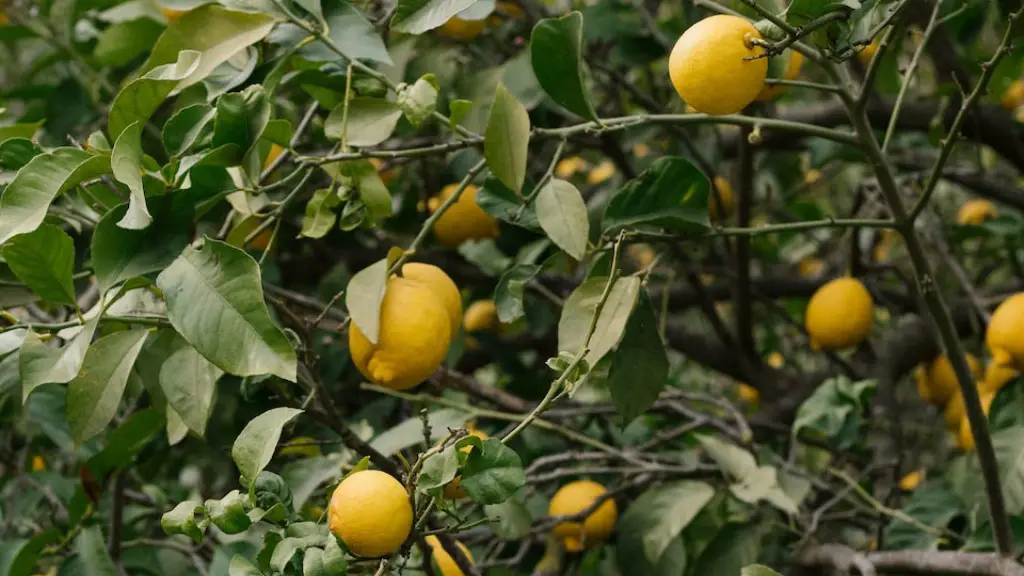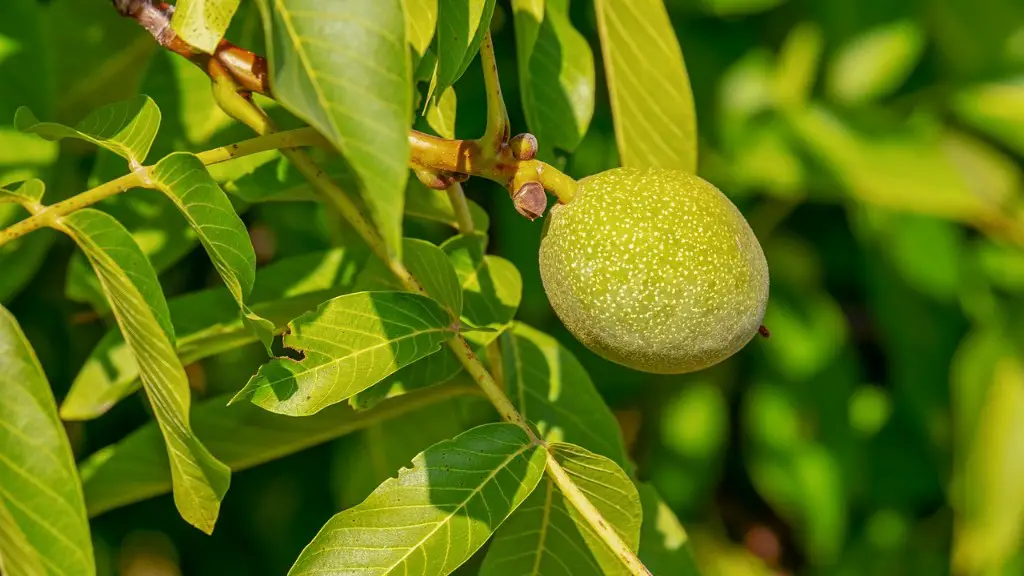A lemon tree can be an ideal and attractive addition to any backyard or terrace. But how many years does it take for a lemon tree to bear fruit? While the answer depends on several factors, in most cases, it can take anywhere from six months to four years for a lemon tree to bear fruit. Our experts break down what you need to know in order to assist you in planning your lemon tree’s flowering and fruiting.
Age of the Tree
Lemon trees won’t bear fruit until they reach maturity. How quickly it matures, however, can vary. Younger trees will likely take 1-2 years to reach full maturity, while older trees may have a longer time to harvest. The actual time-frame to maturity can vary depending on the climate, weather conditions, soil type, tree variety and other factors. Trees grown from seed may also take longer to reach maturity.
Types of Trees
The type of lemon tree you have will also impacting the time it takes to bear fruit. Everbearing and dwarf trees tend to bear fruit more quickly, at about 6 months after planting, and will typically produce fruit two or three times over the course of a year. Regular-sized lemon trees, however, may take anywhere from 1-4 years to start fruiting.
Fertilization and Watering
Fertilizing and watering your lemon tree properly is essential for good growth and fruiting. Citrus trees need steady and adequate access to water, or they won’t produce fruit. So be sure to keep your tree well-watered with 1-2 inches of water a week. Fertilizing your lemon tree with the right amount of nitrogen and magnesium will also help to encourage growth and flowering. If your tree isn’t producing fruit, make sure to check the soil and make any necessary adjustments.
Climate
The climate where you live can also have a big impact on your trees’ fruiting timeline. Lemon trees can’t thrive in colder climates, and the weather conditions need to be just right for the lemon tree to bear fruit. Generally, temperate climates with hot summers are more suitable for lemons. If you are planting a lemon tree in a cooler climate, be sure to take extra measures to protect your tree from frost and weather fluctuations.
Pruning
Pruning your tree is important to keep it healthy and strong. Pruning helps to promote new growth and encourage the tree to produce more fruit. Prune your tree regularly, when the blooms have faded, to remove dead branches and encourage new growth. Over pruning, however, will lead to fewer fruits and blossom formation.
Harvest Time
Once your lemon tree reaches maturity, it will start to bear fruit and produce an abundance of lemons. The harvest time typically depends on the variety of tree and the climate. Generally, it takes anywhere from six months to two years from the time the flowers first appear until the moment when you can collect the ripe fruits. To check if the lemons are ripe, gently twist them off the branches.
Soil Adjustments
It is important to have soil that is well-drained and loamy when growing lemon trees. The soil should also have a pH level of between 6.5 and 7.5. A soil test can be taken to determine the pH levels and if adjustments are needed these can be made with phosphorus and lime. Make sure to water your tree any time the soil is replenished, in order to prevent root stress.
Light Conditions
Lemons need plenty of sunlight in order to produce fruit and this should be taken into consideration when planting your tree. Eight hours of direct sunlight each day will help to promote healthy fruiting and flower production. The sun can create injuries on the mature fruits, however, so once the fruits have grown larger, partial shade may also be beneficial.
Placement
Where you choose to place your lemon tree is a very important factor in its success. Keep the tree in an area with plenty of air circulation and ventilation, away from direct winds and drafts. The tree should also be placed in a spot with full sun, whether that is direct or indirect sunlight. Provide enough space between the tree and other trees to ensure that each tree can receive the proper nutrition.
Pest Control
Pest infestations are a common issue for citrus trees, so it is important to keep them at bay. Attack the problem with the least amount of pesticides possible to protect your tree and the environment. Invasive pests like the Mediterranean fruit fly can be devastating to lemon trees, so take steps to protect your tree from any potential pests.
Planting Container Trees
Growing a lemon tree in a container is also possible, as long as the tree is placed on a sunny balcony or patio all year round and is given the proper care. When planting container lemon trees, use a high-quality new flowerpot or a large container with plenty of holes in the bottom for water drainage. Make sure that the soil is well-draining, light and well-fertilized. Concentrate on these five factors to have the best chances at successfully growing lemon trees indoors.


